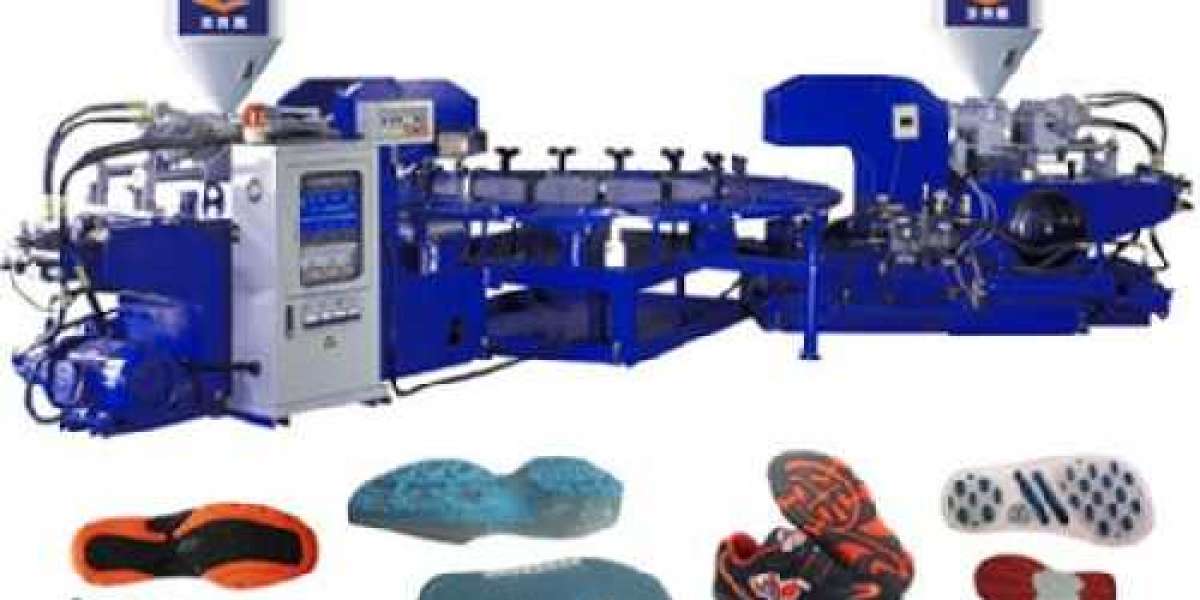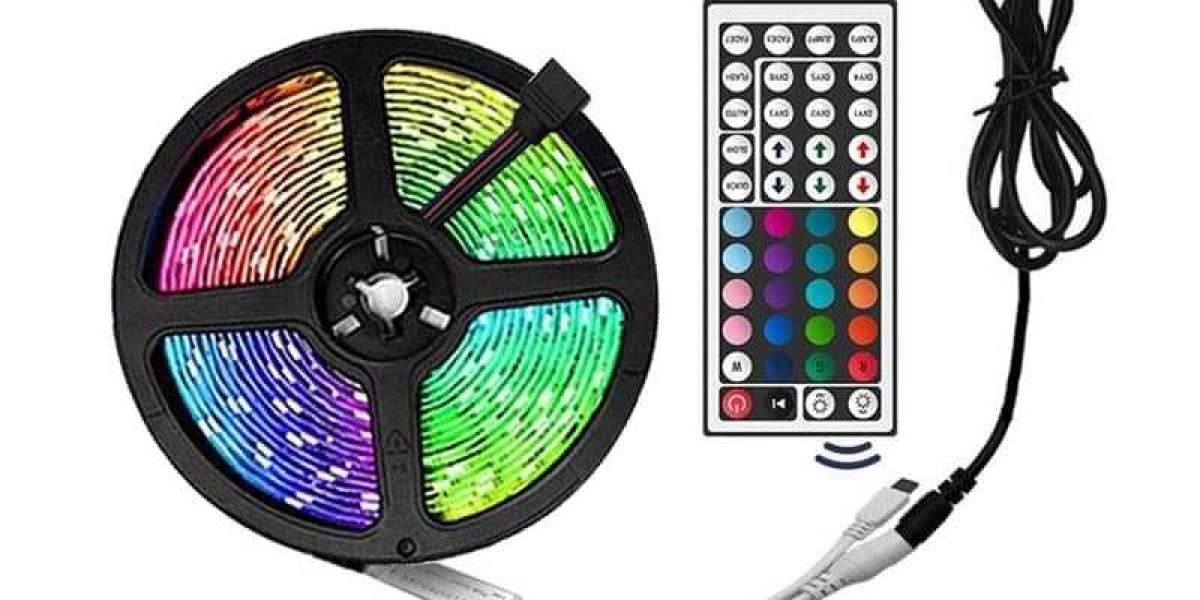Shoes are an essential part of our daily lives, providing us with comfort, support, and protection. The sole of a shoe is an important component that plays a vital role in providing stability and grip. In the past, shoe soles were made by hand, but with technological advancements, machines have taken over the production process.
Shoe sole making machines have revolutionized the footwear industry, making it possible to produce high-quality soles with greater efficiency and speed. These machines come in different types, sizes, and designs, each with its unique capabilities and features.
One of the earliest shoe sole making machines was the manual press machine, which was used to make leather soles. The operator would place a piece of leather on the machine, and then use a lever to apply pressure, shaping the sole into the desired shape. However, this method was slow and labor-intensive, and the resulting soles were not always consistent in shape and size.
The introduction of hydraulic machines in the 1960s marked a significant shift in shoe sole production. These machines used hydraulic pressure to shape rubber soles, which resulted in more consistent and uniform products. However, they were still limited in their capabilities, and the production process was relatively slow.
In recent years, automated shoe sole making machines have become more prevalent in the industry. These machines use computerized systems to control the production process, resulting in greater efficiency and precision. The operator only needs to input the required specifications, and the machine takes care of the rest, producing consistent and high-quality soles in a matter of minutes.
There are various types of automated shoe sole making machine, including injection molding machines, compression molding machines, and extrusion molding machines. Injection molding machines use high pressure to inject molten rubber or plastic into a mold, producing a precise and uniform shape. Compression molding machines use a heated press to shape the material, and extrusion molding machines use a screw-driven process to create the sole.
The benefits of using shoe sole making machines are numerous. They allow for faster production times, greater efficiency, and higher output levels. Additionally, they produce consistent and high-quality soles that are more durable and longer-lasting than their handmade counterparts.
In conclusion, shoe sole making machines have come a long way since their early days, evolving from manual presses to fully automated systems. They have transformed the footwear industry, making it possible to produce high-quality soles at a faster rate and with greater efficiency. As technology continues to advance, we can expect further improvements in shoe sole making machines, leading to even more innovation and growth in the industry.








